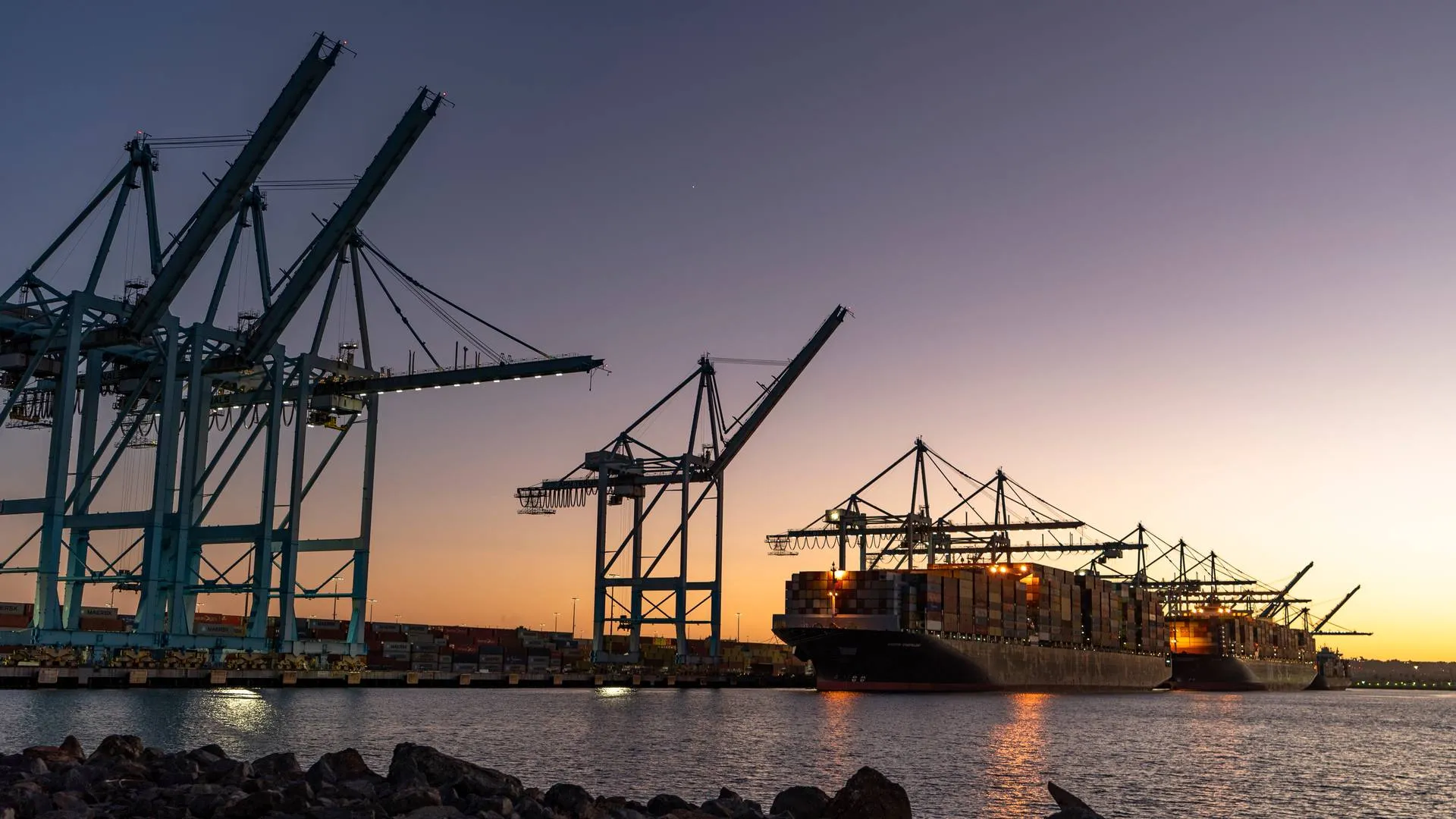The Tokyo Memorandum of Understanding (MoU) has issued a safety bulletin and launched a focused inspection campaign to address increasing risks associated with improper pilot transfer arrangements on vessels.
Sharp Increase in Deficiencies and Detentions
Between 2020 and 2024, the number of deficiencies related to pilot transfer arrangements grew significantly—from 197 in 2020 to 523 in 2024. Detentions also rose from just one to twelve over the same period, highlighting a concerning trend in non-compliance and safety oversight.
Focused Inspection Campaign – February 2025
During a dedicated inspection campaign in February 2025, authorities inspected 2,357 vessels. They discovered 176 deficiencies across 169 ships and detained three vessels for serious violations. This campaign reinforced the need for more stringent practices and training related to pilot transfers.
Common Hazards in Pilot Transfer Setups
The most frequent issues observed included:
These deficiencies increase the risk of serious accidents for pilots and crew during embarkation or disembarkation.
Regulatory Framework
Proper pilot transfer arrangements are governed by international regulations, which set standards for design, rigging, certification, and use. These standards dictate that:
The regulations also require that ladders be maintained in good condition and rigged in accordance with specific safety guidelines.
Training, Familiarization & Maintenance Responsibilities
To ensure safe operations, crews must:
Ship operators must incorporate pilot ladder maintenance and rigging protocols into their Safety Management System (SMS) and Planned Maintenance System (PMS). Flag States and surveyors must verify compliance and crew knowledge during inspections.
Proactive Recommendations for Safety
The Tokyo MoU recommends the following actions:





